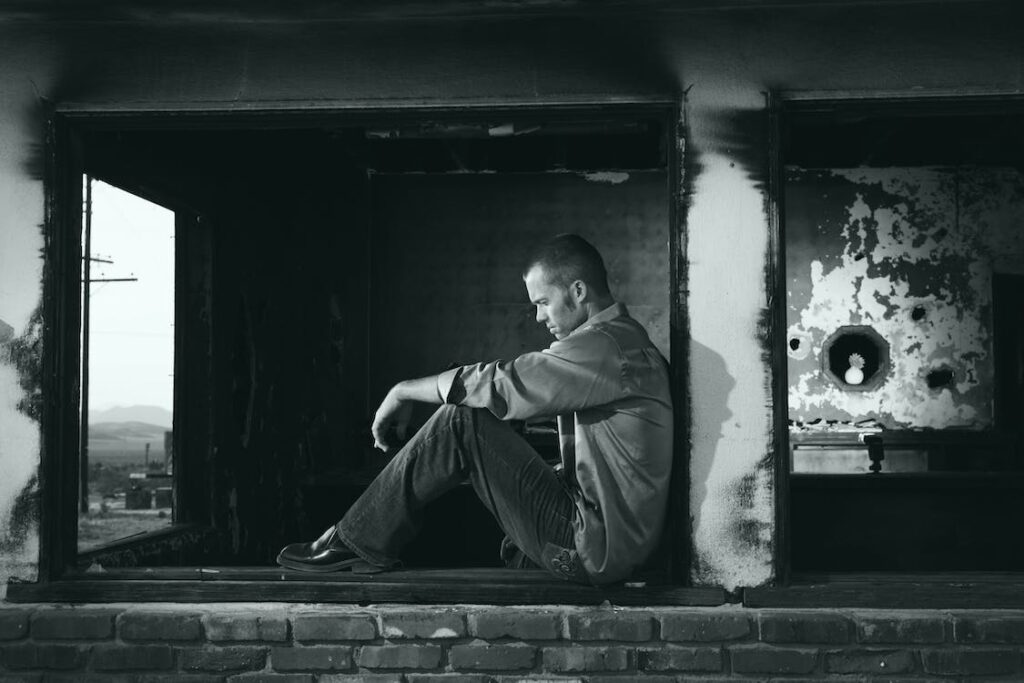The Power Of In-patient Rehab For Building Resilience In Recovery

Recovery is not just a journey; it’s a transformation – an opportunity for you to discover your inner strength and resilience. As we delve into the power of in-patient rehab in fostering this transformation, it’s essential to remember that this journey is yours. Whether you’re at the beginning of your path, in the midst of it, or assisting a loved one, this exploration of in-patient rehab aims to guide you and shed light on the potential benefits and challenges you may encounter.
Steps to Help Build Resilience
Step 1: Acknowledge Your Need for Help The first step in any journey to recovery is acknowledging the need for help. It’s okay to need assistance, and it’s okay to seek it. Accepting this reality does not signify weakness; instead, it’s a sign of courage and strength. So, if you’re struggling, know that there are places like in-patient rehab centres in Johannesburg ready to support you.
Step 2: Research In-Patient Rehab Facilities Now that you’re ready to seek help, take some time to research rehab facilities in Johannesburg. Each facility has its own unique approach to recovery and resilience-building, so it’s crucial to find one that aligns with your needs and values. Look for facilities with well-trained staff, a comfortable environment, and strong testimonials.
Step 3: Reach Out and Ask Questions After narrowing down your options, reach out to these facilities. Ask about their approach to addiction, their methods of building resilience, the type of support they provide, and any other questions you may have. It’s important to feel comfortable and understood in your chosen facility.
Step 4: Begin Your Journey to Recovery With the decision made, you’re ready to begin your recovery journey. Upon entering the rehab facility, you’ll likely undergo an assessment to identify your needs and establish a personalized recovery plan. This plan will guide your recovery journey and be adjusted as necessary.
Step 5: Engage Fully in the Recovery Process Once you’re settled, it’s essential to engage fully in the recovery process. Attend therapy sessions, participate in group activities, take advantage of support services, and most importantly, invest time in building your resilience. It’s through this active engagement that you can truly tap into your inner strength and work towards lasting recovery.

Now, let’s discuss some frequently asked questions related to in-patient rehab:
Can resilience be developed during inpatient treatment?
There’s little doubt that the absence of daily stresses and triggers makes inpatient rehabilitation an ideal setting for healing and strengthening resiliency.
How long do most inpatient treatment programs last?
The duration of the program varies from person to person, but is usually between 28 days and 6 months.
Is it possible for loved ones to stop by during my in-patient rehabilitation stay?
Families are encouraged to visit their loved ones in rehabilitation centers whenever possible. However, each establishment may have its own set of rules.
Can I still have some level of privacy in rehab?
Yes, treatment facilities are required by law to maintain your privacy and identity while you get better.
Inpatient rehabilitation: what should I bring?
Comfortable clothing, hygiene supplies, and medication are all things patients should bring to a rehabilitation center. However, a comprehensive list can be obtained only by contacting the facility directly.
It’s crucial to analyze the pros and cons of inpatient therapy while trying to decide whether or not it will help you build resilience in recovery.
For reference, here is a breakdown:
Pros of In-Patient Rehab
1. Structured Environment In-patient rehab provides you with a structured environment that is conducive to recovery. This structure can help you establish a routine, making it easier to incorporate healthy habits and resilience-building techniques into your daily life.
2. Medical Supervision Rehab facilities typically offer around-the-clock medical supervision. This ensures your safety and provides immediate medical assistance should any complications arise during your recovery journey.
3. Peer Support By being in a community of individuals who are also on a path to recovery, you can learn from their experiences and insights, and find comfort in knowing that you are not alone in your journey.
4. Access to Therapeutic Services Rehab facilities often provide access to a range of therapeutic services, from individual counselling to group therapy and educational workshops. These services can equip you with the tools to build resilience and support your recovery.
Cons of In-Patient Rehab
1. Cost The cost of in-patient rehab can be a deterrent for some people. Although many rehab facilities strive to make their programs as affordable as possible, it’s important to check whether your insurance covers such treatment or if there are financing options available.
2. Time Commitment In-patient rehab requires a significant time commitment. Depending on the program, you may need to take a leave of absence from work or school. For individuals with family obligations, arranging for childcare or elder care can be a challenge.
3. Emotional Strain While rehab is intended to support recovery, it can also be emotionally challenging. Confronting your struggles and working through them can bring up a range of emotions, which can be difficult to navigate.
4. Limited Privacy Although rehab facilities ensure confidentiality, the communal living aspect can limit your privacy. For some, this may feel uncomfortable and can take some getting used to.
The healing process is a difficult one that calls for strength, determination, and the willingness to ask for assistance. Your search for treatment choices may lead you to inpatient rehabilitation, which provides a sanctuary from daily distractions and allows you to concentrate fully on your recovery. Here is the place to start restoring your strength and regaining your ability to deal with adversity.
But keep in mind that this is your trip, and nobody else’s. Although there are costs and inconveniences associated with in-patient rehabilitation, the benefits are well worth it. Everything here, from the organized settings to the therapy programs and peer groups, is geared toward helping you live a happier, healthier life.
Nelson Mandela, the former president of South Africa and a figure of inspiration around the world, once said, “The greatest glory in living lies not in never falling, but in rising every time we fall.” As you make your way back to health, keep in mind that setbacks are merely learning experiences and not indicators of failure. The more you pick yourself up after falling, the more resilient you become, the more powerful you become, and the closer you get to your objective.
Your trip may be difficult, and your perseverance may be tested. But keep in mind that you’re becoming better with each passing day. Embrace the process, find support in your community, and remember that reaching out for assistance is a huge step in the right direction. Your ability to recuperate shows that you are powerful on the inside. Proceed, develop, and maintain your self-assurance.
Source : seph.co.za & scouted.co.za






